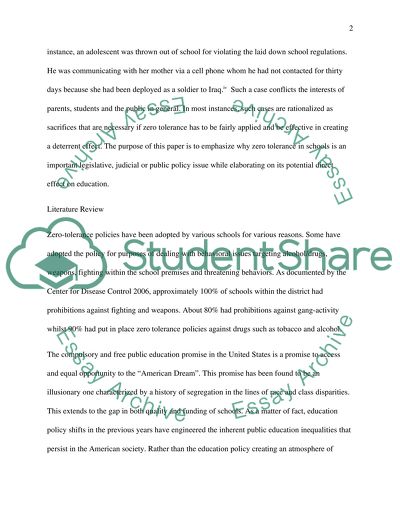Cite this document
(“Zero Tolerance Policies for Schools Term Paper Example | Topics and Well Written Essays - 1500 words”, n.d.)
Retrieved from https://studentshare.org/education/1451799-zero-tolerance-policies-for-schools
Retrieved from https://studentshare.org/education/1451799-zero-tolerance-policies-for-schools
(Zero Tolerance Policies for Schools Term Paper Example | Topics and Well Written Essays - 1500 Words)
https://studentshare.org/education/1451799-zero-tolerance-policies-for-schools.
https://studentshare.org/education/1451799-zero-tolerance-policies-for-schools.
“Zero Tolerance Policies for Schools Term Paper Example | Topics and Well Written Essays - 1500 Words”, n.d. https://studentshare.org/education/1451799-zero-tolerance-policies-for-schools.


